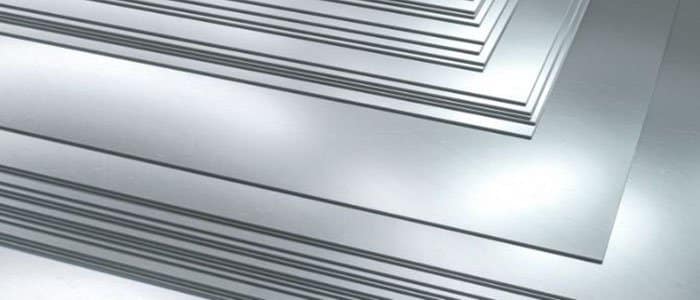Stainless steel bars are versatile, durable, and essential in industries ranging from construction to manufacturing. This guide explores everything you need to know about stainless steel bars—from types and properties to applications and buying tips.
What Are Stainless Steel Bars?
Stainless steel bars are solid metal rods made from an alloy of iron, chromium (minimum 10.5%), and other elements like nickel, molybdenum, or carbon. The chromium content creates a passive oxide layer, making stainless steel resistant to corrosion, heat, and wear.

Types of Stainless Steel Bars
Stainless steel bars come in various grades and forms, each suited for specific applications:
Austenitic Stainless Steel Bars (e.g., 304, 316):
– High corrosion resistance, non-magnetic, ideal for food processing, medical equipment, and marine environments.
Ferritic Stainless Steel Bars (e.g., 430):
– Magnetic, lower corrosion resistance than austenitic, cost-effective for automotive and architectural uses.
Martensitic Stainless Steel Bars (e.g., 410, 420):
– High strength and hardness, used in knives, turbines, and bearings.
Duplex Stainless Steel Bars:
– Combines austenitic and ferritic properties, offering superior strength and corrosion resistance for chemical and oil industries.
Bars are also categorized by shape:
Round Bars: Most common, used in machining and construction.
Square Bars: Preferred for structural and decorative applications.
Hexagonal Bars: Ideal for bolts, nuts, and machinery parts.
Key Properties of Stainless Steel Bars
Corrosion Resistance: Chromium oxide layer protects against rust.
High Strength & Durability: Withstands extreme temperatures and mechanical stress.
Aesthetic Appeal: Polished finish for architectural and decorative uses.
Low Maintenance: Resists staining and requires minimal upkeep.
Applications of Stainless Steel Bars
Stainless steel bars are indispensable in:
Construction: Reinforcement, handrails, and structural frameworks.
Manufacturing: Shafts, gears, and tooling components.
Medical: Surgical instruments and implants.
Food & Beverage: Processing equipment and storage tanks.
Marine: Shipbuilding and offshore platforms.
How to Choose the Right Stainless Steel Bar
Consider these factors:
Grade: Match the corrosion resistance and mechanical properties to your application.
Size & Tolerance: Ensure dimensions meet your project’s specifications.
Finish: Choose between polished, brushed, or matte finishes based on aesthetics and function.
Supplier Reputation: Source from certified suppliers to guarantee quality.
Buying Tips for Stainless Steel Bars
Request Certifications: Ensure compliance with ASTM, AISI, or EN standards.
Inspect for Defects: Check for surface cracks, bends, or impurities.
Compare Prices: Balance cost with quality; avoid unusually cheap options.
Ask About Customization: Some suppliers offer cutting, threading, or heat treatment services.
FAQs About Stainless Steel Bars
Q: Are stainless steel bars magnetic?
A: Austenitic grades (e.g., 304, 316) are non-magnetic, while ferritic and martensitic grades are magnetic.
Q: How do I prevent rust on stainless steel bars?
A: Clean with mild detergent and water, avoid chloride exposure, and store in dry conditions.
Q: Can stainless steel bars be welded?
A: Yes, but welding methods vary by grade (e.g., TIG welding for 316).
__________________________________________________________________________________________________
Daxun Alloy Co., Ltd. is a well-established stainless steel supplier that sells various grades of stainless steel bars. If you have any needs, please contact us immediately to get the best quote.
🔧 Explore Our Alloy Products




